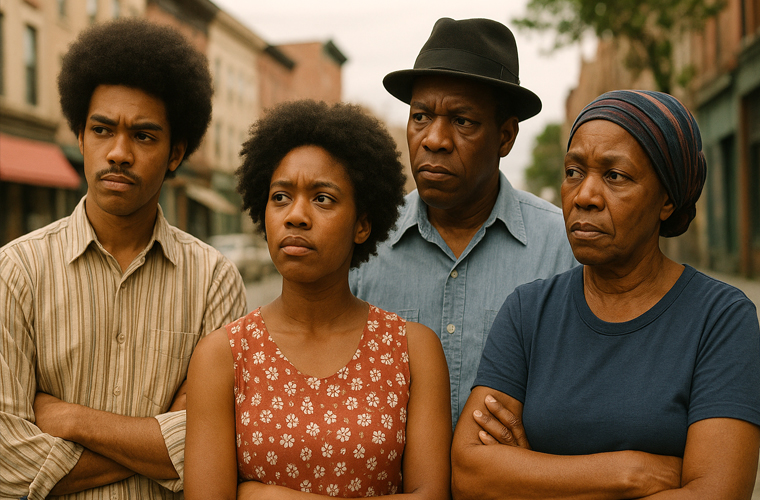To Be or Not to Be an American Negro by Lennox Raphael
Based on available excerpts, citations in scholarly works, and previews, here’s a comprehensive reconstruction and summary of the article’s content, structure, and key arguments. I’ve included direct quotes where they appear in public sources to give you as much of the original voice as possible. The essay is a poignant, personal reflection on the cultural and racial identity crisis faced by West Indian immigrants in 1960s America, framed as an existential “Hamlet-esque” dilemma.
Introduction and Core Dilemma
Raphael opens with the Shakespearean allusion in the title, setting up the central question: Should West Indian immigrants fully assimilate into the “American Negro” identity, or cling to their Caribbean distinctiveness at the risk of isolation? He describes the “West Indian Syndrome” as a psychological and social condition born from the clash between pride in island heritage and the harsh realities of American racism.
Excerpt from preview: “To be or not to be an American Negro—that is the question which confronts every West Indian immigrant who comes to these shores with the hope of making a new life for himself and his family.”
He notes how West Indians arrive with a sense of superiority from colonial education and British-influenced manners, only to be lumped into the broader Black American experience. Raphael draws on personal anecdotes, observing how Caribbean accents and customs initially set immigrants apart but soon erode under economic pressures.
Economic Integration and Gender Roles
A major section focuses on the garment industry in New York, where West Indian women (often from Jamaica, Trinidad, and Barbados) found work despite discrimination. Raphael highlights their resilience: sewing skills learned back home allowed quick entry into factories, but at the cost of long hours and low pay.
Key quote cited in secondary sources: “The West Indian woman, with her nimble fingers and patient disposition, has become a fixture in the needle trades… But this economic foothold comes with a price: the slow erosion of her cultural identity.”
He contrasts this with West Indian men, who faced higher unemployment and were stereotyped as “arrogant” or “uppity” for refusing menial jobs, leading to intra-community tensions.
Stereotypes and Community Dynamics
Raphael dissects the “arrogant West Indian” trope perpetuated by both white Americans and native-born African Americans. He argues it’s a defense mechanism against dehumanization, rooted in the islands’ class systems exported to the U.S. He shares stories of barbershop debates and street corner rivalries, where West Indians are accused of “acting white” for their speech or ambitions.
Excerpt: “The American Negro sees the West Indian as an interloper, stealing jobs and women; the West Indian sees the American Negro as lazy and defeated. Yet both are shackled by the same chains of prejudice.”
This section highlights the absence of solidarity, exacerbated by events such as the 1963 March on Washington, which Raphael notes that West Indians attended but felt peripheral to.
Cultural Preservation vs. Assimilation
The heart of the essay explores language, food, and religion as battlegrounds for identity. Calypso music and rice-and-peas dinners become acts of resistance, but Raphael warns of the next generation’s drift toward “Americanization.” He critiques the pressure to drop accents for “sounding Negro” to avoid standing out.
Quote from citation: “To preserve the patois is to preserve the soul; to lose it is to become another faceless statistic in the ghetto.”
Raphael calls for a hybrid identity—”West Indian-American Negro”—as the only viable path, urging community organizations to bridge divides.
Conclusion: A Call to Unity
The piece ends optimistically yet urgently, invoking the Civil Rights Movement as a unifying force. Raphael envisions West Indians contributing their “revolutionary zeal” from anti-colonial struggles to the American fight for equality. He closes with a plea: “The syndrome can be cured not by rejection, but by embrace—embracing each other as brothers in the same struggle.”

